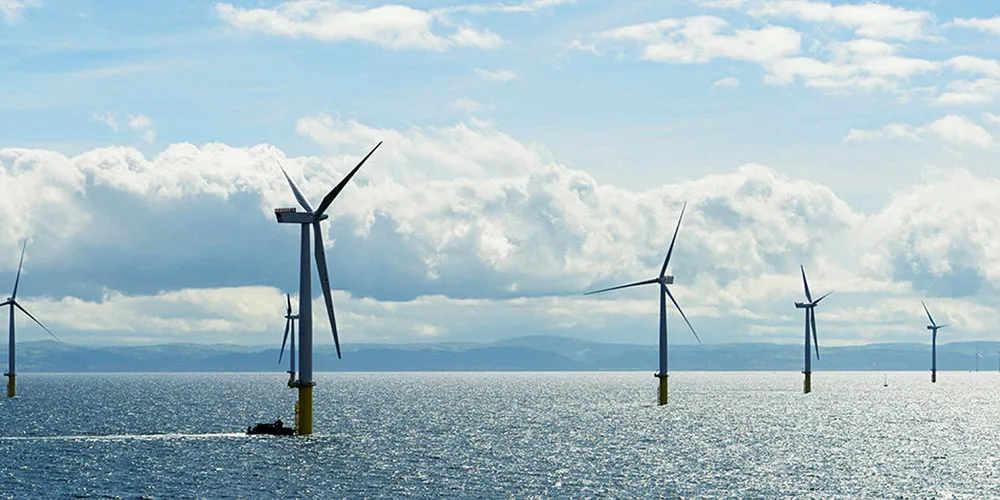'Wales is back in the offshore wind race'
OPINION | After several years in the shadows, site extensions and new leasing could put Wales back on the map, writes Rhodri James

OPINION | After several years in the shadows, site extensions and new leasing could put Wales back on the map, writes Rhodri James
